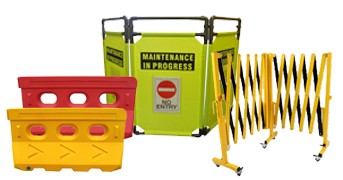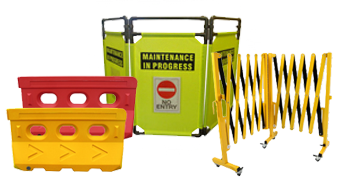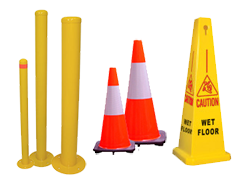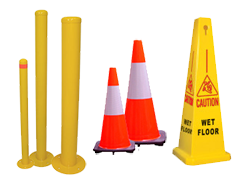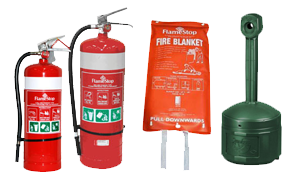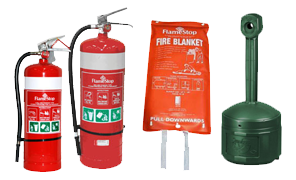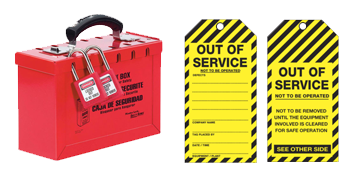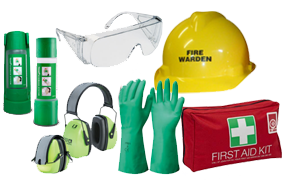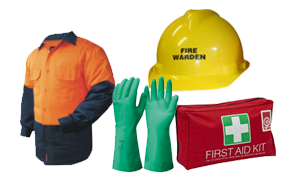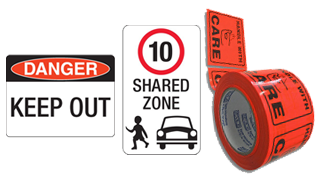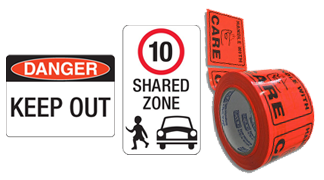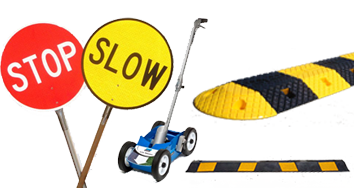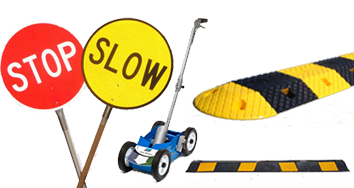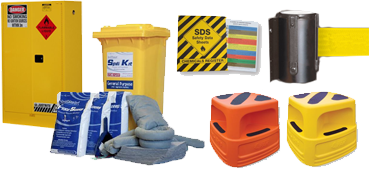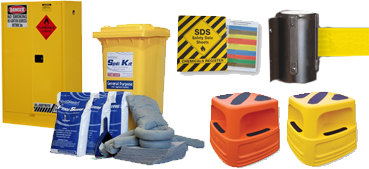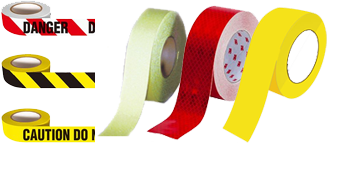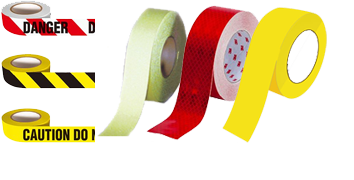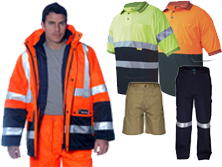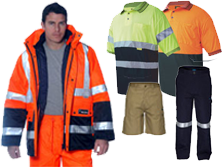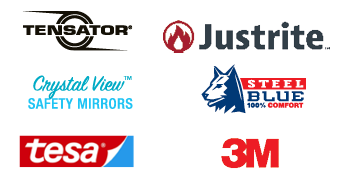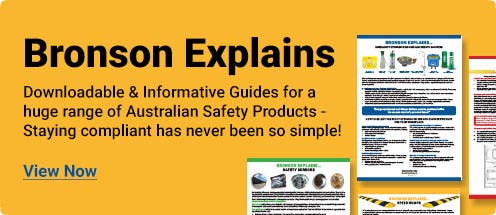Every year, numerous workplace accidents occur that directly affect the eyes and sight of Australian employees. In fact, eye injuries in Australia cost businesses up to a total of AU$60 million every year. Preventing and reducing workplace-related eye injuries must become a greater priority in Australia. Under WHS law, all business owners have a duty of care to ensure the safety of their workers.
Eye injuries can occur in workplaces for a number of reasons. Statistics indicate that tasks such as grinding and welding pose the greatest threat to eye safety in the workplace. However, any activity that could lead dust or other foreign objects to settle in the eye poses a threat to an employee’s eye safety. 60% of all workplace eye injuries in Australia occur in the mining, construction, agriculture, fishing and forestry industries.


Put simply, yes. In fact, 90% of all eye-related workplace injuries that occurred in 2018 were found to have been easily preventable. This statistic indicates a need for Australian businesses to take action and create an effective and business-specific eye-safety plan.
A majority of workplace eye injuries occur for one of two reasons:
1. The employee is not wearing any eye protection, or;
2. The employee is wearing the incorrect type of eye protection for the specific job.
Ensuring that employees are wearing appropriate eye wear must be a priority. Studies indicate that employees who wear correct eye wear are far less likely to sustain injuries. In Australia, Safety glasses must meet strict minimum standards and comply with Workplace Health and safety requirements.
Types of eye protection include:
Safety Glasses: These glasses are designed to look similar to regular eye wear, yet provide a greater extent of protection. Generally, safety glasses protect the eyes from dust, flying particles and chips. They are designed to provide eye protection for low-risk working conditions. Extra features including UV-protection, polarisation and side shields can provide greater levels protection.
Safety Goggles: Safety goggles are designed to protect the eyes from impact, large amounts of dust and contact with certain chemical. Additionally, they provide a greater level of protection around the entire scope of the eye, and are highly impact resistant.
Face Shields and Helmets: Full-face shields and combination shields and helmets protect workers to the fullest extent. Such protection is necessary for grinding and chipping tasks, where medium velocity damage is a risk. Certain helmets are also equipped to protect against chemicals and for use when working or welding with molten materials. These products often come with attachable ear muffs and neck protection for further safety.
Using the correct equipment should be part of the training process for all employees, and made a part of the standard practices and safety plan in all workplaces.
In order to remind employees and alert visitors to the possible dangers, it is also important to use signage in all areas where safety protection must be worn. Workplace signage is covered under strict WHS Laws and Australian Standards AS/NZS 1337. Signs most commonly found in the workplace for such areas include ‘Face shield must be worn in this area, and ‘eye protection must be worn in this area’.
Can work place eye injuries be prevented?


It is important to take the time to identify factors that cause injury, in order to prevent them in the workplace. Business owners must identify possible risk areas in their business, and work from this point to develop an adequate solution.
A business owner must consider…
1. Is the work site adequately lit? If workers are struggling to see their environment, accidents are more likely to occur.
2. Is air flow appropriate to the tasks being performed? Too much air flow from fans or air-conditioning can increase likelihood of eye injuries being sustained.
3. Are all employees wearing the correct personal protective equipment (PPE)? Do employees understand the importance of PPE? Workers are less likely to take risks or fail to wear the correct PPE if they are aware of the importance of it.
4. Is a first aid officer appointed, and an appropriate first aid plan in place? It is important that all worst-case scenarios be considered in advance, and an appropriate response plan be implemented.
5. Are all employees trained in first aid? Do they know the location of the first aid kit and the emergency eye/face or drench shower? It is important not only to have first aid plans in place, but also to ensure that these are understood by all workers.
These steps are not all inclusive, and certain environments and work sites will require a more in-depth analysis and level of consideration. However, businesses that ask questions along these lines are more likely to decrease their accident rate. These questions can also be used to develop an eye-safety plan.


A pro tip: Ask your employees. A more thorough assessment and control of risk areas in a company can be achieved by consulting employees. A company’s workers are likely to have first-hand knowledge of the risks involved with each task, and may have some ideas for improving a workplaces safety standard.
Of course, accidents do happen in the workplace. An eye-safety plan would not be complete without an emergency response strategy. All work sites must be equipped with the tools necessary to handle eye injuries. Further information on first-response strategies and Emergency Eye Wash Stations can be found here.
Under WHS Laws, Employees have a certain degree of responsibility for their own health and safety, and are expected to comply with all reasonable safety instructions. By maintaining an acceptable safety plan and conveying it thoroughly to all employees, it becomes everyone’s responsibility to keep the workplace safe and hazard free.

